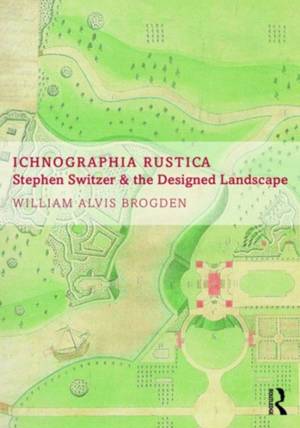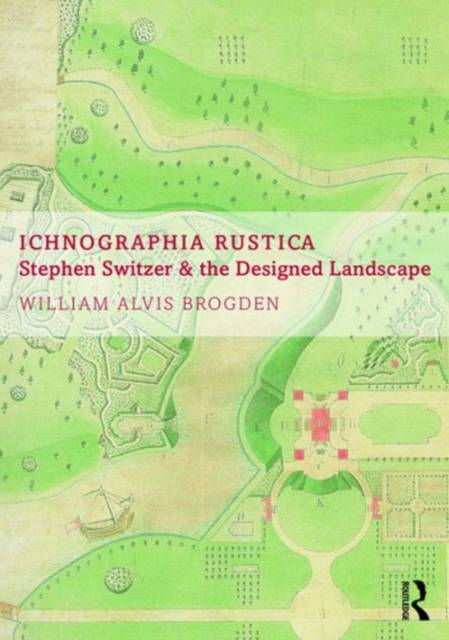
- Retrait gratuit dans votre magasin Club
- 7.000.000 titres dans notre catalogue
- Payer en toute sécurité
- Toujours un magasin près de chez vous
- Retrait gratuit dans votre magasin Club
- 7.000.0000 titres dans notre catalogue
- Payer en toute sécurité
- Toujours un magasin près de chez vous
Ichnographia Rustica
Stephen Switzer and the Designed Landscape
William Alvis BrogdenDescription
One of the most significant occurrences in the history of design was the creation of the English Landscape Garden. Accounts of its genesis...the surprising structural change from the formal to a seeming informal are numerous. But none has ever been quite convincing and none satisfactorily placed the contributions of Stephen Switzer.
Unlike his contemporaries, Switzer - an 18th century author of books on gardening and agricultural improvement - grasped a quite new principle: that the fashionable pursuit of great gardens should be "rural and extensive", rather than merely the ornamentation of a particular part of an estate. Switzer saw that a whole estate could be enjoyed as an aesthetic experience, and by the process of improving its value, could increase wealth. By encouraging improvers to see the garden in his enlarged sense, he opened up the adjoining countryside, the landscape, and made the whole a subject of unified design. Some few followed his advice immediately, such as Bathurst at Cirencester. But it took some time for his ideas to become generally accepted.
Could this vision, and its working out in practice between 1710 and 1740 be the very reason for such changes? 300 years after the first volume of his writings began to be published; this book offers a timely critical examination of lessons learned and Switzer's roles. In major influential early works at Castle Howard and Blenheim, and later the more "minor" works such as Spy Park, Leeswood or Rhual, the relationships between these designs and his writings is demonstrated. In doing so, it makes possible major reassessment of the developments, and thus our attitudes to well-known works. It provides an explanation of how he, and his colleagues and contemporaries first made what he had called Ichnographia Rustica, or more familiarly Modern Gardening from the mid-1740s, land later landscape gardens.
It reveals an exceptional innovator, who by transforming the philosophical way in which nature was viewed, integrated good design with good farming and horticultural practice for the first time. It raises the issue of the cleavage in thought of the later 18th century, essentially whether the ferme ornee as the mixture of utile and dulci was the perfect designed landscape, or whether this was the enlarged garden with features of "unadorned nature"? The book discusses these considerable and continuing contrary influences on later work, and suggests Switzer has many lessons for how contemporary landscape and garden design ought be perceived and practised.
Spécifications
Parties prenantes
- Auteur(s) :
- Editeur:
Contenu
- Nombre de pages :
- 312
- Langue:
- Anglais
Caractéristiques
- EAN:
- 9781472434401
- Date de parution :
- 27-07-16
- Format:
- Livre relié
- Format numérique:
- Genaaid
- Dimensions :
- 175 mm x 249 mm
- Poids :
- 884 g







